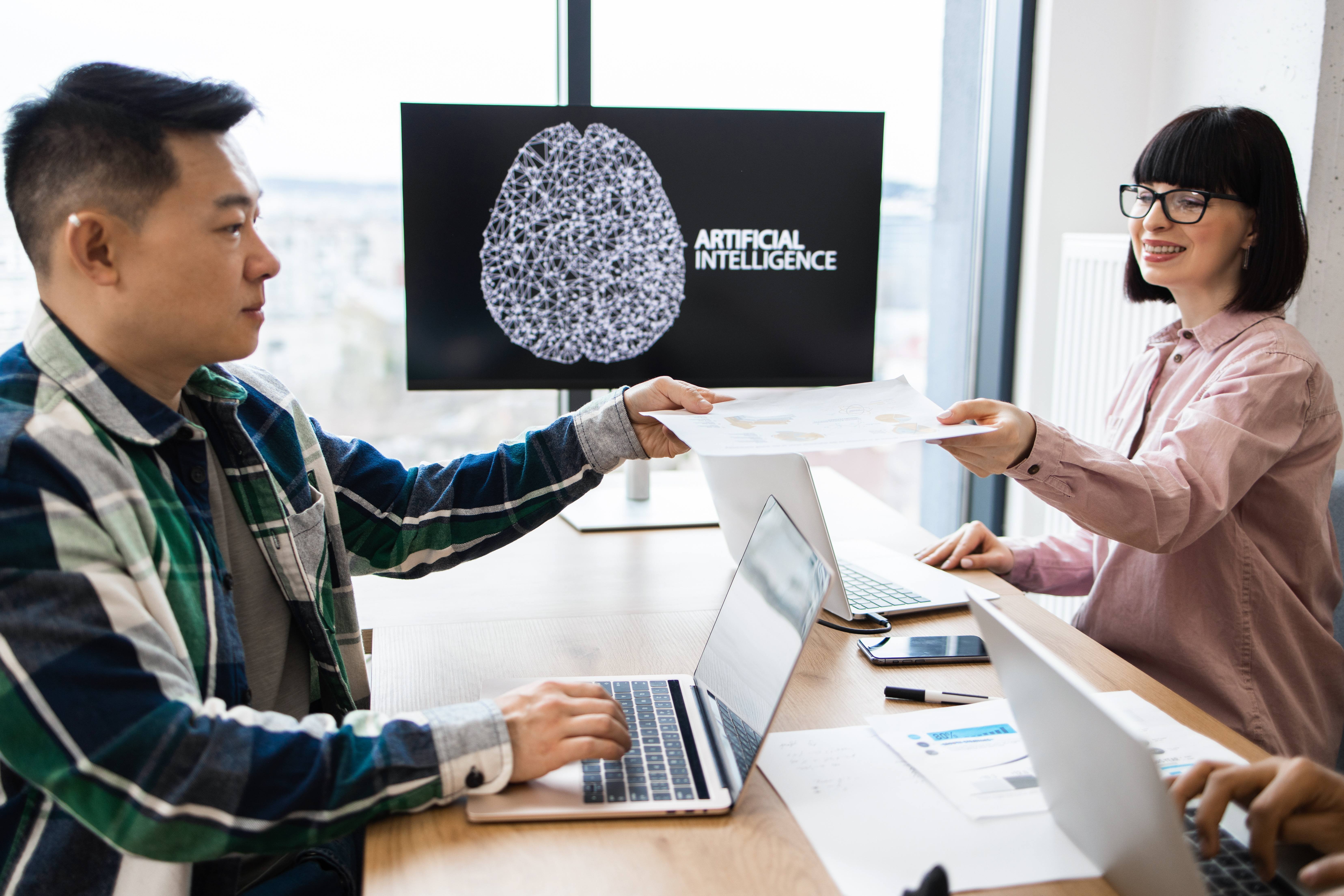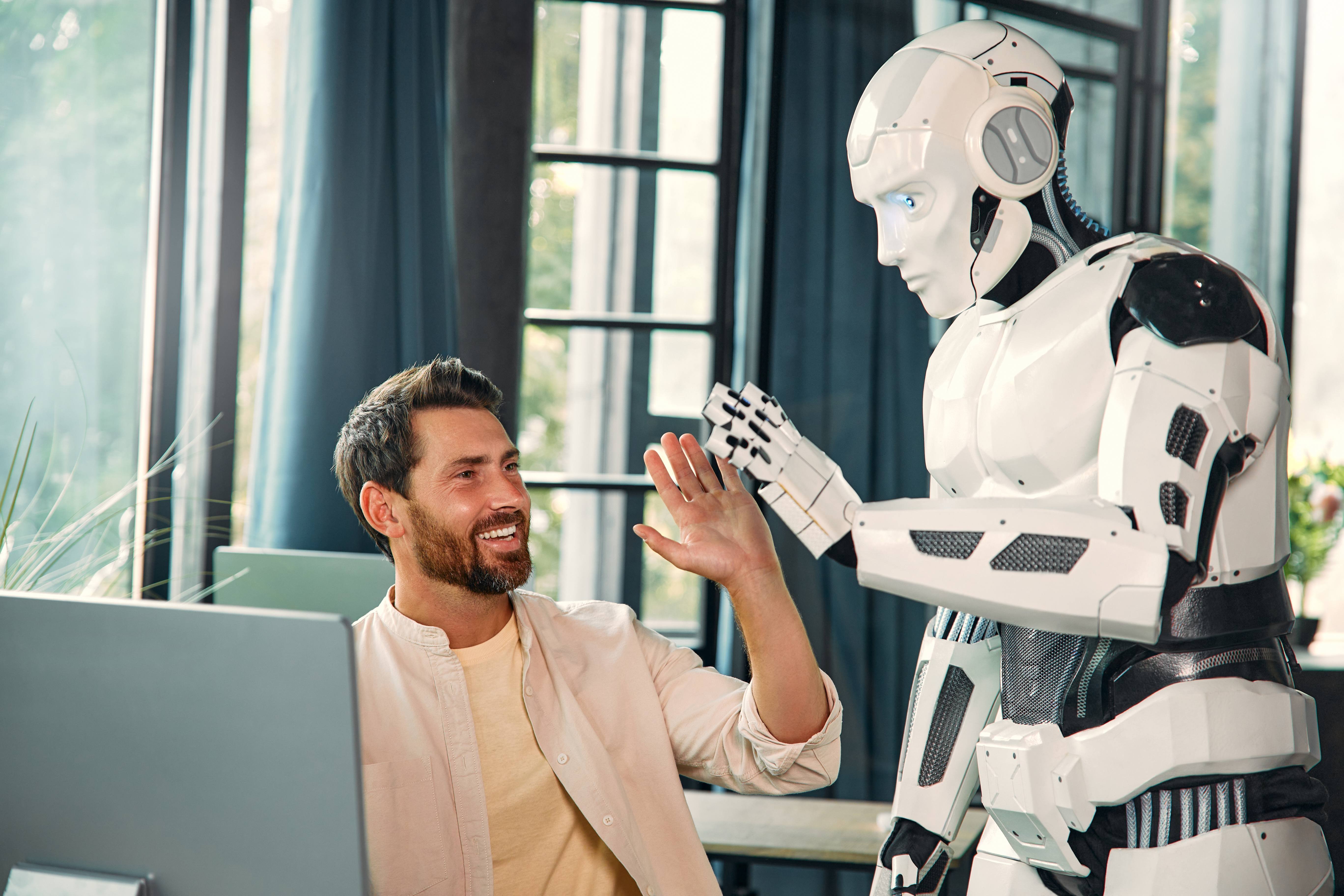AI in Translation: Where It Works and Where It Still Fails

Table of Contents
-
The Evolution of AI Translation
-
Where AI Translation Works Well
-
Where AI Still Struggles
-
Human Translators: The Gold Standard
-
AI + Human Collaboration: The Future of Translation
-
Real-World Industries Impacted
-
Summary: Key Takeaways
-
Final Thoughts
The Promise and Pitfalls of AI in Translation
From Google Translate to ChatGPT, AI translation tools are reshaping how we communicate across languages.
They’re fast, affordable, and increasingly accessible, but are they truly ready to replace human translators?
In fields like law, healthcare, education, and government, precision is non-negotiable. Even a single mistranslated clause or phrase can change outcomes, compliance status, or lives.

Let’s explore where AI translation vs human translation currently stands, and why professional linguists remain indispensable for accuracy, ethics, and trust.
1. The Evolution of AI Translation
Machine translation has evolved from rule-based systems in the 1950s to today’s neural machine translation (NMT) powered by deep learning.
Modern engines like DeepL, Google Translate, and Microsoft Translator can interpret context better than ever, analyzing massive datasets to predict meaning.
Yet, no matter how sophisticated, AI translation still depends on patterns, not understanding.
As the Common Sense Advisory (CSA Research) notes, “AI can replicate language structures, but it cannot replicate intent.”
2. Where AI Translation Works Well
AI translation shines when speed and scalability matter more than nuance.
For instance, it’s ideal for:
-
Internal communications within multilingual corporations
-
User-generated content like product reviews or social posts
-
Technical manuals and FAQs where terminology is repetitive
-
Initial drafts for human post-editing
-
Chatbots and knowledge bases for quick multilingual support
✅ Stat: According to SEO Sandwitch (2025), AI-powered translation software reduced global enterprise translation turnaround times by 50%.
When combined with human review, AI can make translation workflows faster and more cost-efficient - especially in SaaS and e-learning environments.

3. Where AI Still Struggles
Despite massive advances, AI translation still fails when context, emotion, or legal precision matter most.
Here’s where machine translation often breaks down:
-
Idioms and cultural nuances (“kick the bucket,” “piece of cake”)
-
Legal and medical language requiring precision and liability awareness
-
Emotionally charged content, like marketing, therapy, or client communication
-
Low-resource languages (limited datasets = poor accuracy)
-
Ambiguity and sarcasm - AI can’t read tone or subtext
Example: A 2024 Harvard Business Review analysis found that 38% of legal AI translations contained at least one semantic error affecting case meaning.
AI translation limitations include missing cultural cues, inconsistent terminology, and lack of accountability—all crucial in regulated industries like law, healthcare, and government.
4. Human Translators: The Gold Standard
Human translators bring judgment, empathy, and accountability—three things AI can’t replicate.
Professional linguists:
-
Capture tone, intent, and nuance
-
Handle legal and technical accuracy with cultural sensitivity
-
Protect confidentiality and follow regulatory frameworks (HIPAA, GDPR, Title VI)
-
Adapt style for audience and brand voice
-
Detect context-specific risks before delivery
For industries such as law firms, hospitals, universities, and government agencies, human translators remain essential for quality, ethics, and compliance.

5. AI + Human Collaboration: The Future of Translation
The future isn’t AI or humans - it’s AI + Human Intelligence (HI).
Leading translation providers like Ad Astra already leverage AI for:
-
Terminology management and pre-translation
-
Workflow automation and file analysis
-
Cost/time reduction in multilingual projects
But every translation passes through certified human linguists for validation, ensuring cultural, legal, and contextual accuracy.
This hybrid model - known as human-in-the-loop translation - delivers speed without compromising trust.
6. Real-World Industries Impacted
AI’s integration into translation workflows varies by sector:
|
Industry |
AI Strengths |
Human Necessities |
|
Healthcare |
Fast data processing for patient education |
Clinical accuracy, HIPAA compliance |
|
Legal |
Drafting routine documents |
Court-certified accuracy, liability prevention |
|
Education |
Localising e-learning modules |
Cultural adaptation, clarity for parents & students |
|
Government |
Automating public notices |
Compliance with Title VI, confidentiality |
|
Marketing |
Translating ads for quick testing |
Emotional tone, brand voice, idiom accuracy |
Across sectors, the hybrid model ensures efficiency and reliability - especially where precision equals protection.
7. Summary: Key Takeaways
AI translation is fast, scalable, and cost-efficient—perfect for routine or large-scale projects.
Human translation remains essential when meaning, compliance, or emotion are at stake.
💡 Key takeaway:
AI is a powerful assistant, but it’s not a replacement. The most effective approach blends machine efficiency with human expertise, ensuring your message is not just translated, but truly understood.

Final Thoughts - Ad Astra’s Approach to Translation in the AI Era
At Ad Astra, we combine advanced AI translation technology with expert human linguists to deliver accuracy, security, and cultural precision.
Our translation workflows ensure:
-
Compliance with data privacy laws (HIPAA, FERPA, GDPR)
-
Secure, encrypted platforms for document handling
-
Native-level quality assurance by certified translators
Whether you’re a hospital, law firm, school, or SaaS company, you can trust Ad Astra for translation that connects - not confuses.
📩 Contact us today to explore hybrid translation solutions that keep your communications human, accurate, and compliant.



